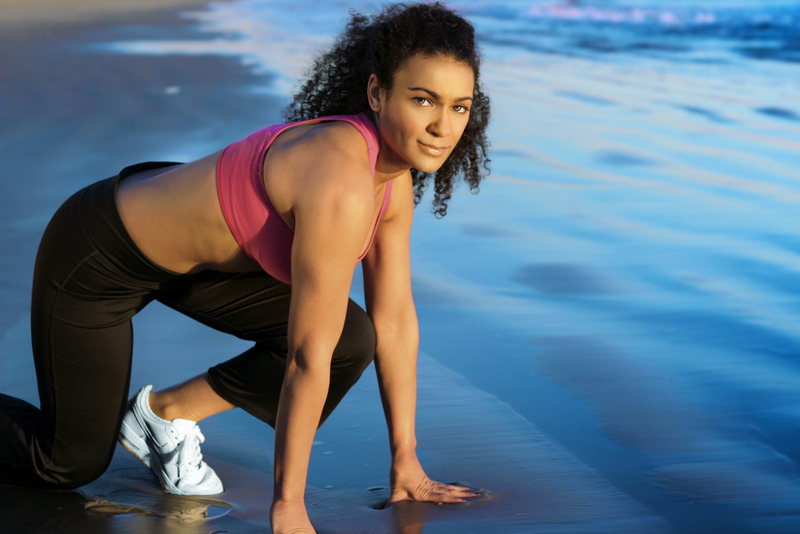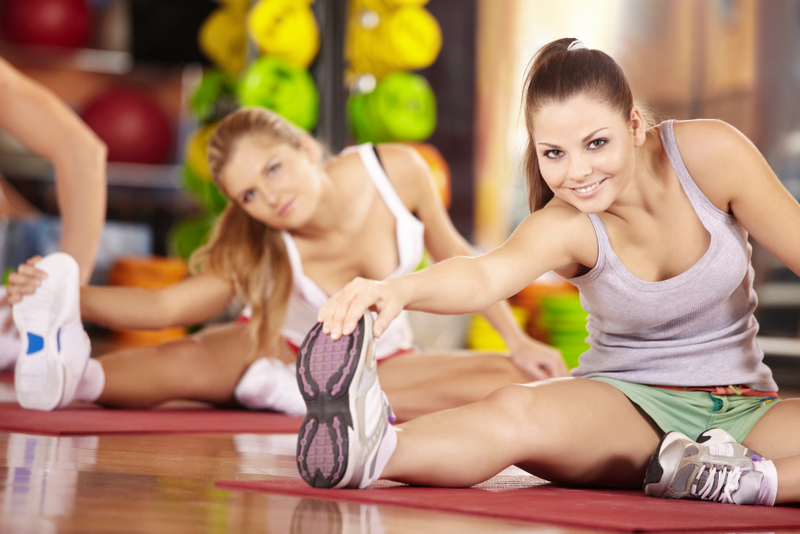
The right footwear for your exercise
When you make the decision to take your fitness in hand and get active, you don’t want anything to hold you back. If you don’t choose the right footwear for your activity, however, discomfort, blisters and even serious injury could all be waiting to hinder your healthy new habit. It’s time to get to know your athletic shoes.
Running shoes
When you run, you need shoes that support forward movement. Women’s running shoes like those available at Up & Running will be specially designed to aid this, and as such are unsuitable for sports where side-stepping is involved, like tennis or aerobics workouts.
Running shoes are extremely flexible to allow the necessary foot movement as you run, but as Nutracheck’s article on sports footwear warns, if you use them for other activities, you could get ankle pain from the lack of support.
Running shoes are specially designed with shock-absorbing cushioning, which will help protect your feet from blisters.
Cross-training shoes
Cross-training shoes are made to suit a range of workouts, and offer more support for sideways movements, with a design that is much stiffer across the toes and the ball of the feet compared to running shoes. If you like to mix it up at the gym, or you play a few different sports, cross-training shoes are for you.
Court shoes
Specially designed to give you the sideways support you’ll need to dart across a squash, basketball or tennis court, these shoes are also flexible so they won’t hold you back. If your activity of choice is often court-based, you’ll be doing your feet a favour if you invest in a pair of these shoes.
Now you know which shoe your sport demands, and the differences, here are a few tips for choosing the right shoe:
- Wear the right socks
- When you try on sports shoes, be sure to try them with the type of socks you will be wearing when you exercise in them.
- Give them a test drive
- When trying shoes on, you could even do a few of the moves your workout will involve, to make sure they don’t slide off your feet.
- Know your foot pattern
- Look at the footprints your wet feet leave behind to see how much of your instep is visible. According to Web MD, if curve along the inside of your footprint, you should go for a shoe that is you can only see your forefoot and heel, with just a narrow connecting line, you have high arches. As such, you should look for a cushioned shoe with a midsole that is soft. On the other hand, if you have a distinct designed for stability as it will give the right balance of support and cushioning.



You must be logged in to post a comment Login